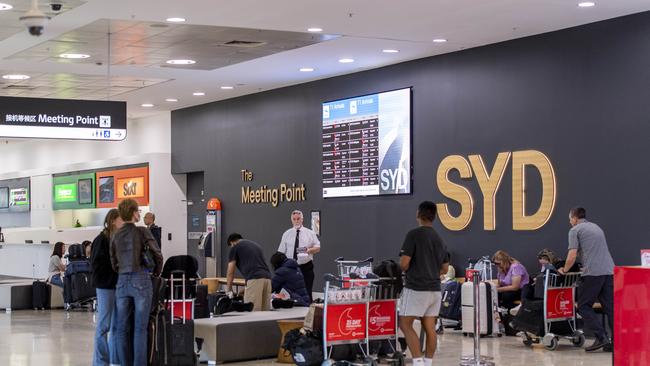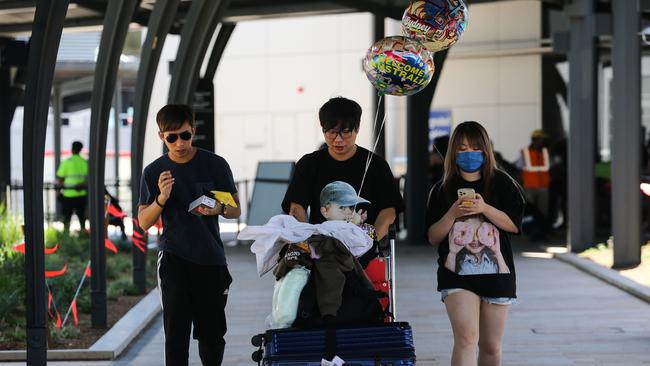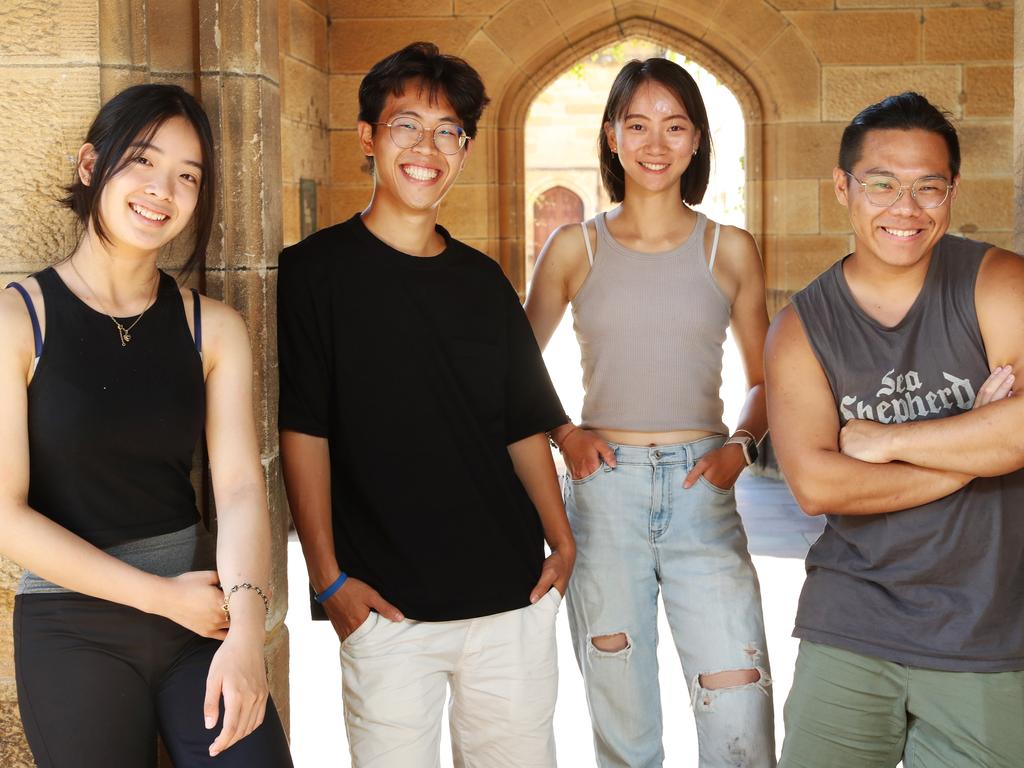Migration increase should be directly tied to population growth, business says
Amid skills shortages, the Business Council of Australia calls for current migration cap to be boosted from 195,000 to 220,000 for the next two years.
Permanent migration into Australia should automatically rise each year as a percentage of the nation’s population, with the current cap boosted from 195,000 to 220,000 for the next two years, business argues.
The Business Council of Australia is also calling for employers to be allowed to bring in any skilled worker from overseas for jobs with an annual salary above the average wage, currently $92,000 a year, and to make it easier for temporary visa holders to gain permanent residency.
In its submission to the federal government’s migration review, the BCA is urging a post-pandemic “reset” to migration policy, warning that without major reform Australia risks missing out in the global fight for talent.
“Australia should aim for a reset on migration that not only attracts migrants back to our shores and tackles workforce shortages, but also helps set the country up as a high productivity, high-skill and high-wage frontier economy,” the submission says.
“The system as it stands is highly complex and has become increasingly unattractive for skilled migrants and their employers.
“Short-term two-year temporary skills shortage visas with no pathway to permanent residency do not encourage experienced workers and their families,” it says. “And eligibility for skilled migration is restricted by outdated and inflexible occupational lists.”
The BCA highlights the significant impact migration can have on the economic fortunes of the country, saying the net loss of around 450,000 temporary and permanent immigrants to Australia during the pandemic is projected to cost the economy $55bn a year in economic output and $17bn in government revenues.

It proposes a significant increase in migration, arguing more new migrants will be a social and economic boon as they help fill the current significant skills gap, offset the ageing population and bring in expertise in industries of the future.
“To give certainty for long-term planning, the government should consider setting Australia’s permanent migration intake at a percentage of the total population over the long term,” the submission says. “This government should also provide a four-year ‘look ahead’ for permanent migration numbers, in line with typical government budget cycles.”
The BCA also reiterates its call at Anthony Albanese’s jobs and skills summit last September for an uplift to permanent migration in the next two financial years to 220,000 from the current 195,000, recommending that 70 per cent of the places be allocated to the skilled migrant stream. The submission notes Canada’s migration policy aims to take just over one per cent of its population across the next three years. Australia’s current 195,000 a year is about 0.75 per cent.
“Australia faces stiff competition as a migrant destination from other advanced economies that are also experiencing severe skills and labour shortages,” it says.
The size of the permanent migration program is determined by the federal government each year. It was reduced by the previous Coalition government from around 190,000 in the years prior to 2016-17 to 160,000, citing population pressures in the big cities, and hit a record low in the first pandemic year when 140,000 permanent migrants were accepted.
The Albanese government bolstered the 2022-23 intake to 195,000 to alleviate skills shortages in areas like healthcare and technology.
“Migration is an easy scapegoat for lack of infrastructure delivery and poor planning, but it is too important for us to continue down this path,” the BCA says.
Home Affairs Minister Clare O’Neil announced the review of the migration system in November, saying it would “focus on enhancing Australia’s productivity and providing businesses with the skilled workers they need, while assisting migrants to build new and prosperous lives in Australia”.
“The review will also address some of the challenges facing Australia, including our ageing population, climate change and emerging technology,” she said.
After the release of the federal government’s population statement last week, which found Australia’s is likely to be around one million fewer than expected by 2030 as a result of the pandemic, Jim Chalmers said increased migration was just one of a number of tools available to fix the nation’s significant workforce shortages.
“Migration has been a secret to our success as a country, making us more dynamic and more lively, strengthening our society and economy,” the Treasurer said.
“(But) lifting the migration cap alone won’t fix the challenges we face in the long term. We need to invest in our people and the productive capacity of our economy.”

BCA chief executive officer Jennifer Westacott told The Australian reforming the skills and migration systems in Australia had “never been more important”.
“A properly functioning migration system will be critical to attracting the skills we need to build new industries, develop new ideas, innovate across the economy and deliver a new wave of prosperity for Australians,” he said. “The right workers with the right skills get key projects and investments off the ground. You can’t employ hundreds of Australians on a construction job if you don’t have a surveyor and you can’t deliver an infrastructure pipeline without engineers.”
The BCA submission calls for the current requirement for both temporary and permanent employer-sponsored visas to match a skilled occupation list to be removed and replaced with open eligibility for jobs with a salary above average earnings, currently $92,000 a year.
It also proposes “streamlining” the current labour market testing that is required of employers before they sponsor a skilled migrant, saying there should still be “an onus on businesses that benefits from skilled migrants to demonstrate they are giving the first opportunity to suitably qualified Australian workers”.
“Skilled migration must remain a complement, not a substitute, for training and hiring Australians,” it says.
The submission proposes smoother pathways to permanent residency for temporary migrants on work visas, such as cutting the time period for sponsored employment.








To join the conversation, please log in. Don't have an account? Register
Join the conversation, you are commenting as Logout